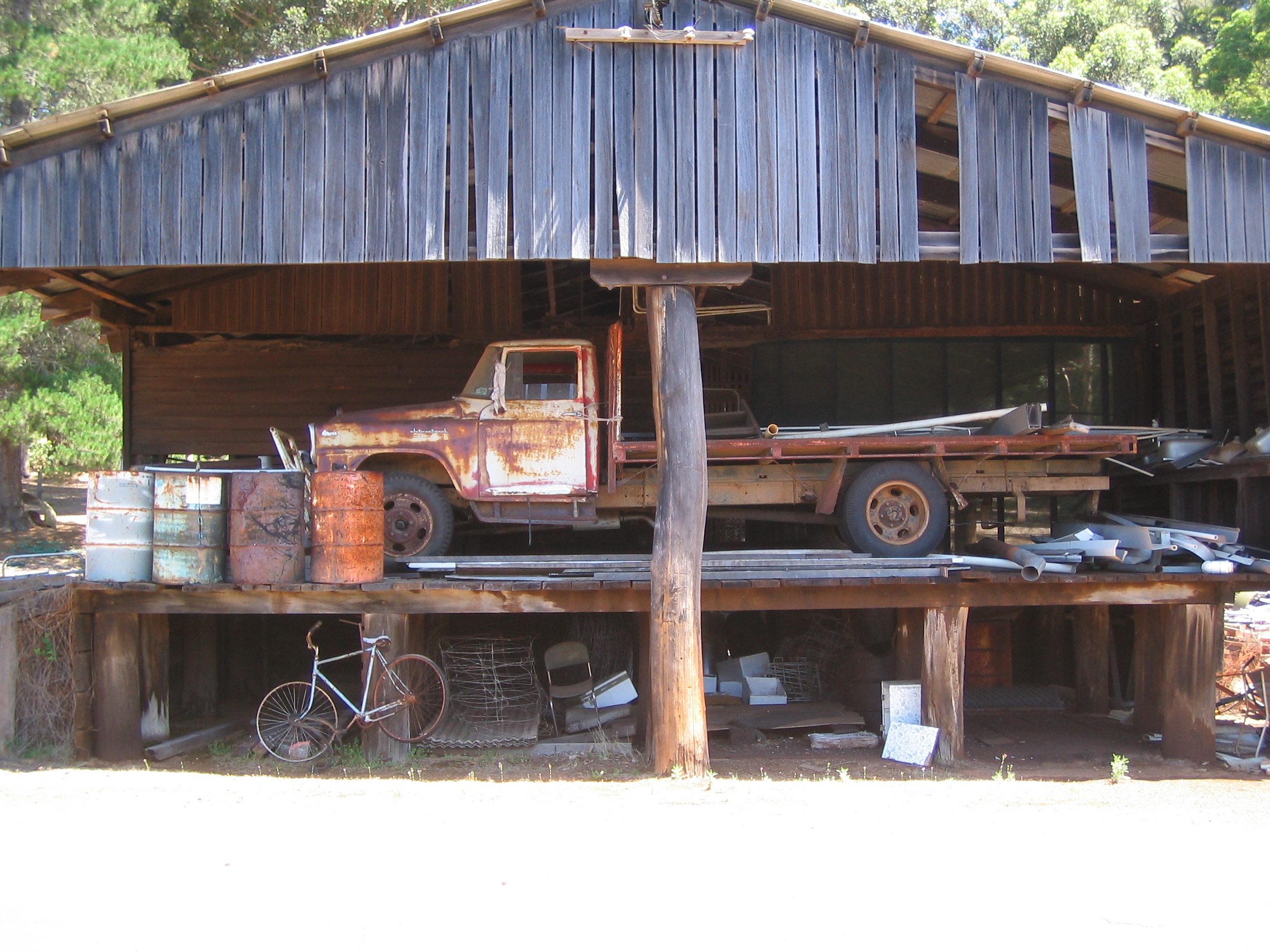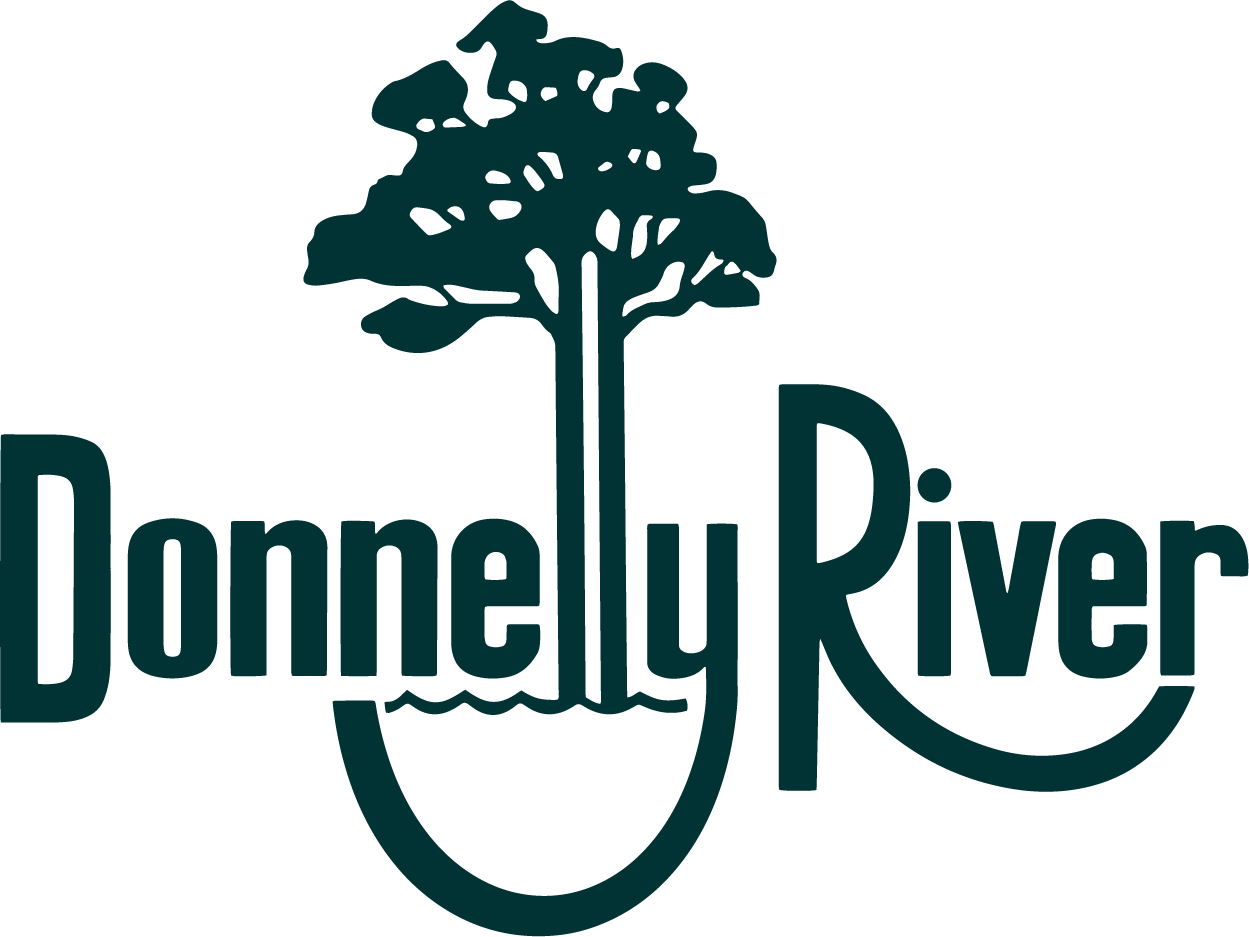


SPEND SOME TIME IN ONE OF WA’S MOST UNIQUE HERITAGE LOCATIONS…
Donnelly River Mill and town are situated on the southern side of the picturesque Donnelly River and the village reflects the care taken during planning to blend aesthetically with its bush location.
The site was first used as a timber mill by the Wheatley family who started The Donnelly Karri and Jarrah Company after purchasing a small fruit-case cutting mill in 1909 for £1,000.
The Wheatleys enlarged the mill to cut karri as well as jarrah. Timber was carted in a large wagon drawn by ten bullocks to Yornup siding, 8 miles away. The Wheatleys supplied tens of thousands of telegraph poles to the government, as well as supplying quantities of jarrah for the mines before they sold the mill in 1912.
The next chapter in the history of Donnelly River Village was driven by Bunnings, a house-hold name in Western Australia which started its life as Bunning Brothers. The company was formed by brothers Robert and Arthur Bunning in 1886 and developed into one of Australia’s largest timber companies. Charles Bunning, son of Robert Bunning, was a key figure in the timber industry for over 50 years and was instrumental in the Donnelly River Mill being developed.
In 1923, Bunning Brothers purchased Lewis and Reid, a timber company with mills at Collie and Yornup near Bridgetown. Their original intention was to close Yornup and build a new mill on the site of Wheatley’s mill. However, the demand for timber in the 1940s meant that a decision was made to keep Yornup open, as it had been renovated and was operating under a new sawmilling permit granted in 1935.
Finally, early in 1947, new plans were being drawn up by Bunning Brothers to build a mill at the site of Wheatley’s mill. Bunnings changed the name of the site to Donnelly River.
The timber industry experienced a period of expansion in the late 1940s and 1950s. After the war, there were more men available to work, including displaced migrants from Europe. A building boom was in evidence and developments in technology resulted in increased production.
Once a decision had been made to build on the land, there was some debate about where to site the Donnelly River Mill. Eventually, the south side of the river was chosen to protect the town from smoke from the mill stacks that would otherwise be blown over the town by prevailing winds.
The Donnelly River Mill was situated next to a river because water was needed for the boilers, the mill’s source of energy. Steam-powered mills exhibited the technology of the time and Donnelly River Mill had two steam locomotives. It was a karri mill, belt-run and powered by a single cylinder horizontal steam engine built by Robey’s of Lincoln, England. It was purchased from Onkaparinga Woollen Mills in South Australia by Bunning Brothers in 1947.
Pegging out the site of the Donnelly River Mill began on Anzac Day 1948. The mill cost nearly £100,000 to build, and this figure did not include the 12 miles of railway that needed to be laid between Donnelly River and Yornup Mill.
Rail served an important ongoing role in the life of the mill for the following 30 years of operations, with the Yornup-Donnelly Mill railway being the last private timber railway to operate in WA.
Two twin steam-driven locomotives worked this railway over its life: ex South Australian Railways locomotives Y86 and Y176. One of these Donnelly locos is now on display at the Bunnings store in Balcatta, the other is at the Rail Heritage Museum in Bassendean.
The Donnelly River Mill included not just a mill, but a town. The mill was isolated by rough roads, so, aside from the mill, there was a need to construct cottages for workers with families and single men’s quarters. The general store, butcher’s shop, social club and school were all built after the Donnelly River Mill opened.
The workers’ housing was built on the hill overlooking the mill. There were twenty cottages situated in a crescent formation, following the road. Thirty-three single men’s quarters, arranged in three rows of ten, were also built with the remaining three dwellings out of alignment with the others.
The mill informally ‘opened’ on the 13 September 1950, although full production did not commence until several weeks later. John Tillman suggests the early opening occurred because Charles Bunning had promised his financial backers that the mill would be operational by this date.
The Donnelly River Mill was officially opened on 24 April 1951. The opening ceremony commemorative leaflet thanks all the staff and employees for their hard work on the mill. The directors thanked the staff, “for the part [they] have personally played in these [the mill’s] operation.” The ceremony was well publicised and attended by over 300 people.
The mill was opened by the acting Premier, A.F. Watts, whose ceremonial duties included operating the machinery to saw a log. The social club was opened by Mr Justice Jackson, president of the Arbitration Court. Other activities included an overnight train from Perth to the Yornup siding to enable people to attend the opening and partake in a picnic lunch near the mill site.
A shop, built in 1952, included a storeroom at the rear and a post office at the front. The store provided most general items, alleviating the need to travel to nearby towns for essentials.
The primary school was built in 1953 to provide education for the children of workers at the mill. It was situated in the middle of the settlement and a large karri tree was felled to become part of the playground equipment. The first teachers were a married couple named Phillips and there were forty pupils. The Donnelly school was short of resources and children had to sit on the floor and use their chairs as desks. A very active parents’ association worked to provide the school with essential items, while Charles Bunning was a benefactor and contributed to the purchase of school aids.
Originally, the townsite plans at Donnelly River Mill included a church, but this was never built. Church services were held in the open by a priest from Bridgetown who used a karri stump as a pulpit.
Soon after the Donnelly River Mill had been established, an influx of migrants arrived into the timber areas of the state seeking employment. The mill employed a number of them, but the newcomers created a housing shortage. Temporary accommodation was set up on the west side of the mill by Harry Martin and the area became known as Martin’s Corner.
Initially, only men worked the mill. However, Bunnings’ policy changed some time with Charles Bunning supporting the inclusion of women in the mill work force, believing they needed an interest close to home. It is not known how many women started working as a result of this initiative. Women’s tasks involved, “working on the sorting tables, pulling the wood off the sorting tables, also with the planing machines, tailing out behind the flooring machines and the moulding tables.”
Conditions at Donnelly River Mill were basic. There were shared water taps situated throughout the single men’s quarters and a wash house shared between pairs of houses. There were no showers or baths in the early years and septic toilets were not installed until 1968, replacing the old pan ones.
In August 1958, to mark the state’s Festival of Trees Week, Bunnings donated a karri tree “as a tribute to the State’s forest wealth.” This tree was provided from Donnelly River Mill stock and four trees were felled before a ‘perfect’ specimen was finally chosen. The tree was then transported in three sections to Perth and placed in Kings Park, proclaimed as ‘The Elizabeth Karri Tree’, where it remained on display until 2001.
The Donnelly River Mill closed in June 1978 in accordance with the policy of the Forests Department to close less efficient mills. Since it had operated for only 29 years, the mill itself remained principally as originally constructed.
Charles Bunning made the closing speech, reflecting on community feeling at Donnelly River Mill. He said, “people who came here always went away feeling happy that they had seen something unique not only in sawmilling operation but in the surroundings, the set out of the housing, the way people looked after their gardens, and generally all that went to make Donnelly River Mill a happy one.”
The community feeling at Donnelly River Mill was clearly very strong. The original concept of creating a town – not merely a place of work – had succeeded, not only because of the isolation and relative self-sufficiency of the community but also through the pride of the workers in their mill.
When Donnelly River Mill closed, Bunnings donated the land and the mill to the Crown, “for so long as they remained for public benefit.” The usual practice when timber mills closed was to reassemble the equipment at new sites. However, when Donnelly River Mill closed, the mill equipment was out of date, with the transition from steam to power from the state electrical grid; accordingly, most of the equipment remained in situ following the mill’s closure.
The Donnelly River Mill is an excellent example not only of how a timber mill operated, but also of the social environment of the workers and their families. Besides the mill, the workers’ housing, social club, general store, butcher’s shop and school remain.
In the early 1980’s Donnelly commenced its new life as a holiday destination and has operated in this capacity for over thirty years.
The mill and town were heritage listed in 2006 and won the WA heritage award in 2016.
The Friends of Donnelly Village, a not for profit organisation formed to research, record and preserve the history of the village and environs, welcomes new members.


